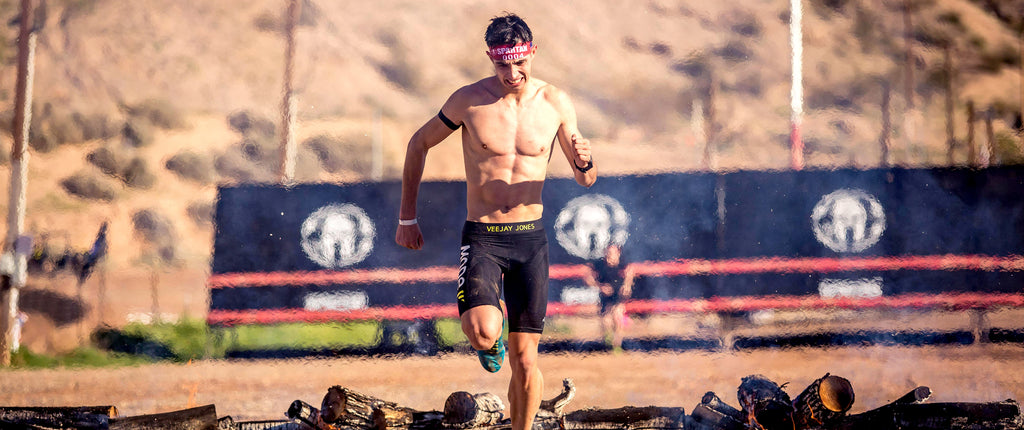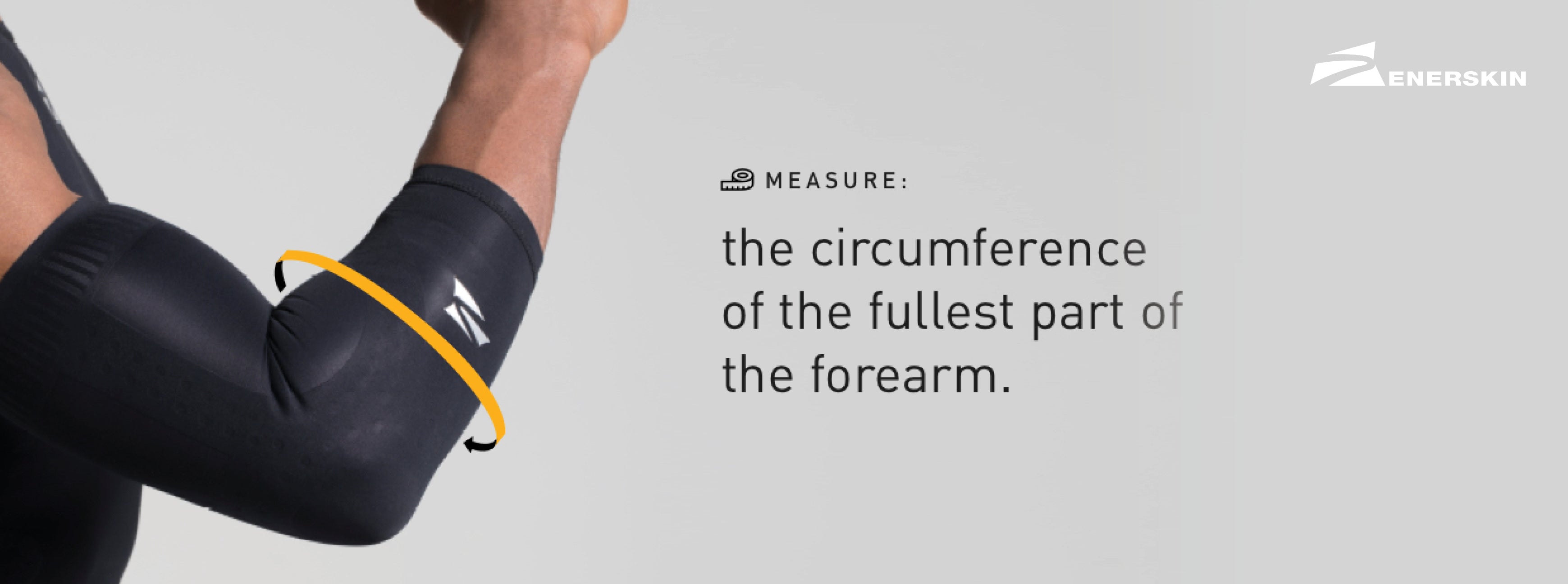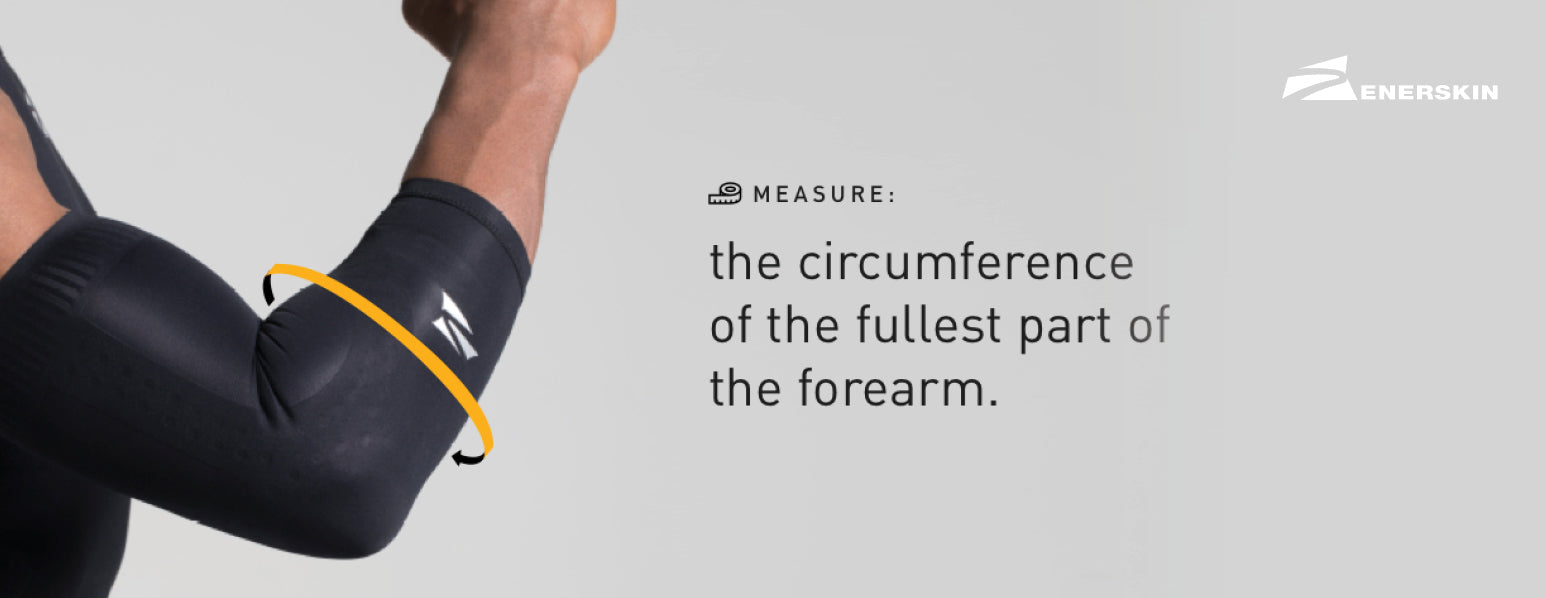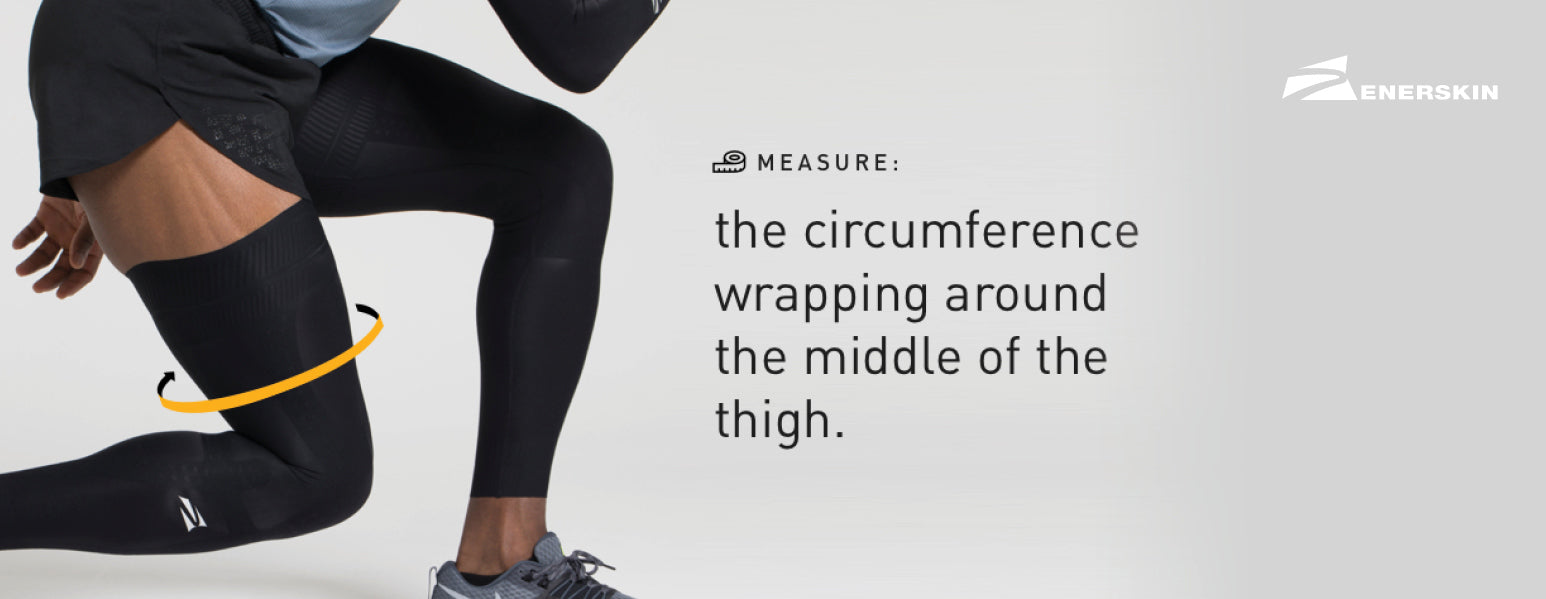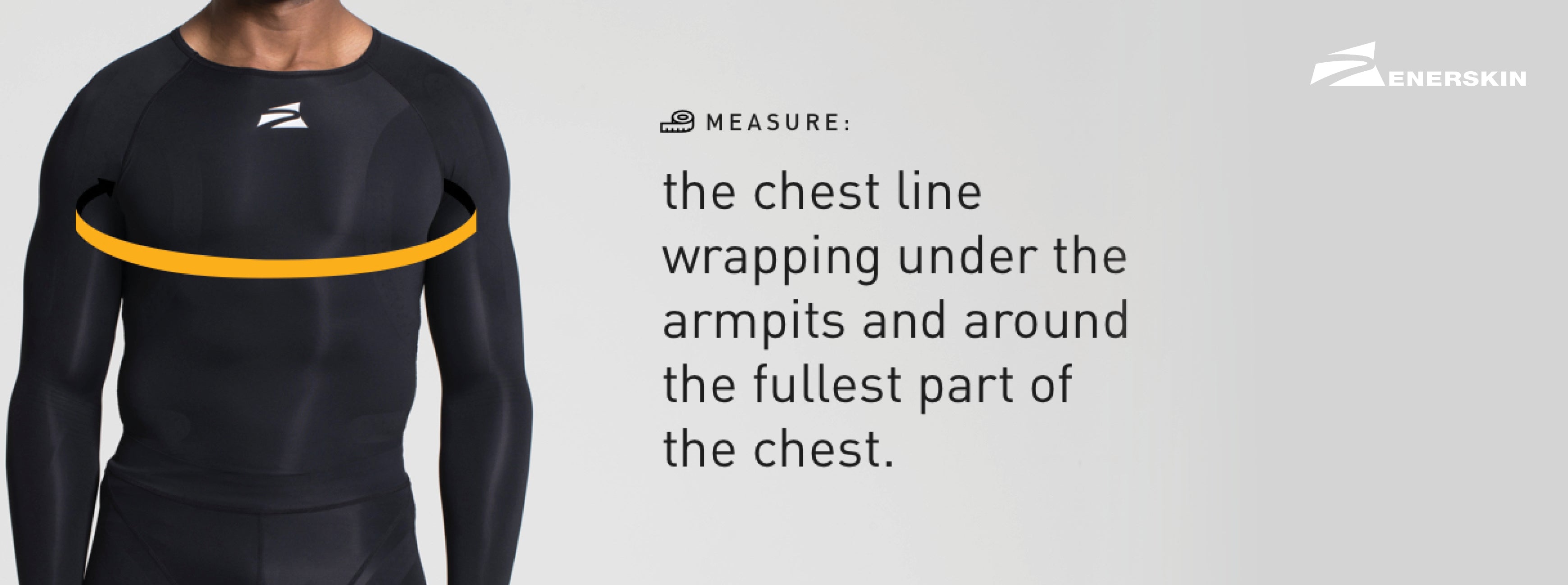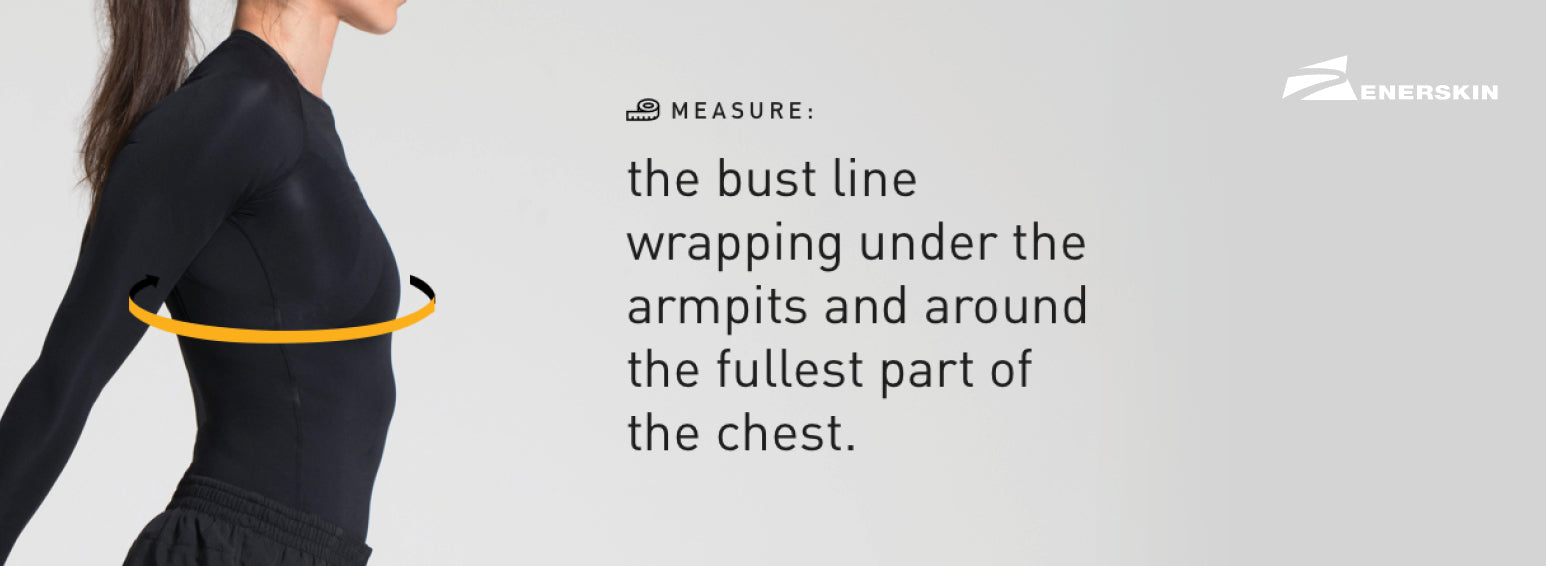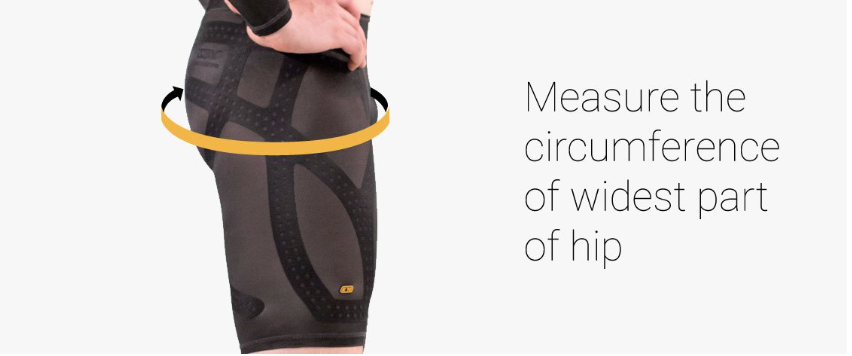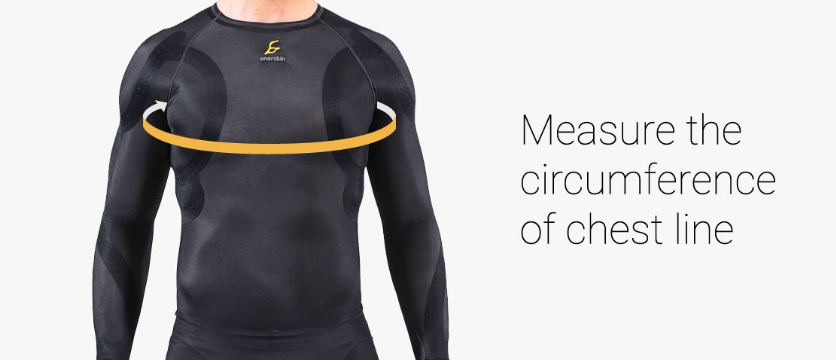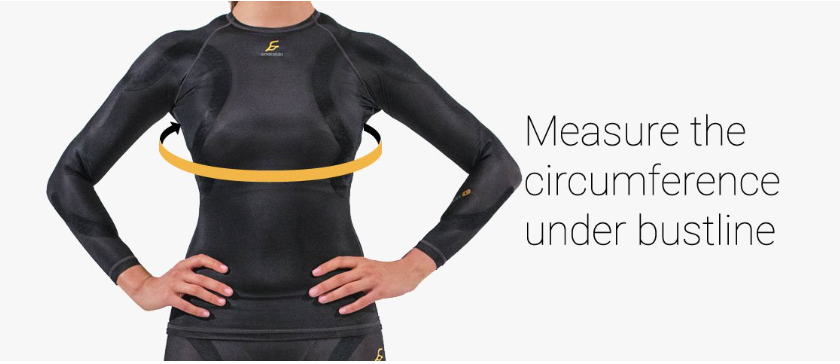10 Common Knee Injuries That Enerskin Compression Knee Sleeve Can Help Treat
Your knee hurts, but you aren't sure what's going on or how severe it is. The only thing on you really care to know, how long it will take to recover and if you surgery or not. knee injuries among the everyday athlete are very common and can result anywhere from a simple fall which only takes a few days to a major injury which may require surgery, ultimately leading to months of physical therapy — let's hope it's not the latter. When it comes to your injured knee, ligaments and cartilage are structures of the knee most commonly damaged.
Here you will learn about 17 common knee injuries and how our compression knee sleeve can help treat your knee pain.
1. Knee Sprain
- Grade 1 knee sprain: The ligament is stretched and painful, but fibers are not torn and no instability is present. Surgery is usually not required.
- Grade 2 knee sprain: The ligament fibers are torn partially, mild instability may be evident. Recovering from a grade 2 sprain may take a couple of weeks to possibly months, depending on how you take care of your knee. Good news, however, you have a chance of a healthy recovery since the ligament is not fully torn.
- Grade 3 knee sprain: The ligament fibers are completely torn and the knee is unstable. At this point, it is recommended to consult with your physician about ligament reconstruction(surgery). The most commonly torn ligaments are the ACL and/or MCL. Unlike the ACL, the MCL has a chance to heal on its own. The cause of these ligaments tearing is normally from very abrupt, awkward movements that cause the knee to rotate inside such as cutting, landing, stopping, and/or being hit by someone. Full recovery including physical therapy of MCL can take weeks, whereas the ACL takes a 6-9 months(possibly 12).
2. Knee Strain
Knee strains happen when tendons or muscles surrounding the knee are stretched, usually from hyperflexion or hyperextension—bending forward or backward passed your normal range of motion. This can be very painful and can be felt outside of the knee joint. The tendon that is strained is the patellar tendon which is located on top of your knee, holding the top and bottom part of your knee cap in place.
3. Meniscus Tear
Your meniscus is located inside your knee which sits on top of your shin bone. There are two parts that make up your meniscus—medial and lateral menisci. these are thin croissant-shaped pieces of cartilage that work as shock absorbers to lessen the amount of force between your shin bone and thigh bone. Injuring your meniscus can happen with sharp cuts or degrade over time from overuse and/or aging.
4. Knee Joint Disclocation
Dislocating your knee can happen from high-impact, large-force injuries to the knee. This can cause severe damage to the entire knee, including blood vessels and nerves around the knee. These impact forces can cause the kneecap to dislocate to the side of the knee. It can be very painful and require popping the kneecap back in place.
5. Knee Fracture
Fracturing your knee happens when there is a direct blow to the bones. Most likely, the kneecap is the victim when falling down directly on your knees and cracking it.
6. Patellar femoral pain syndrome PFPS (or Runners Knee)
Patellar femoral pain syndrome(PFPS) or "runner's knee" happens from repetitive use of the patellar tendon and damaging it. This could be caused from improper mechanics of the knee movement. It is nicknamed runner's knee as it is most commonly caused by excessive running.
7. Jumper's knee Patellar Tendonitis
Patellar tendonitis( Jumpers Knee) is when the patellar tendon above the kneecap is damaged. Repetitive motions such as kicking and jumping cause Jumpers Knee when this tendon is strained. Microscopic tears and inflammation are the results of this injury, eventually forcing you to stop due to the progression of pain. If this pain goes ignored, it can lead to rupturing the tendon completely.
8. IT Band Syndrome
Iliotibial Band Syndrome (ITBS) is one of the leading causes of lateral knee pain on the outer side of the knee, which can radiate up the thigh.It is also known as Iliotibial Friction Syndrome, ITB syndrome or ITBS and is often misdiagnosed as Runners Knee. It is a common cause of running knee pain, frequently affecting long distance runners.The Iliotibial Band (ITB) is a thick band of fibrous tissue that runs down the outside of your leg from your pelvis to your knee. Some of the buttock and hip muscles attach to it, and the ITB co-ordinates how these muscles work and stabilizes the leg.
9. Knee Bursitis
Knee bursitis occurs when a fluid-filled pouch (called a bursa) in the knee is irritated, inflamed, or infected. Bursas are fluid-filled sacs located around joints that act as shock absorbers that minimize the friction between various tissues, such as the muscles and tendons around the joints. In the knee, there are two main bursas, one above the kneecap (patella), and one below the knee joint near the front of the tibia bone.
10. Bakers Cyst
A Bakers Cyst knee is when there is swelling at the back of the knee which causes pain and stiffness. The cyst develops when there is swelling in the knee joint. Excess synovial fluid seeps backwards out of the joint and into the popliteal bursa - a small fluid-filled sac that sits between the hamstring muscle tendons and knee bones to prevent friction. As the fluid enters the bursa it starts to swell, known as a Bakers Cyst.
How can Enerskin Compression Knee Sleeve treat these types of injuries?
Now that you understand 10 common knee injuries, how can the Enerskin Compression Knee Sleeve help to treat these injuries? Benefits of the Enerskin Compression Knee Sleeve consist of the following:
- Reduced pain and swelling
- Enhanced knee stability and support
- Knee strengthening
- Patellar tendon alignment
- Calf cramp and shin splint pain reduction
- Hamstring and quadricep control
Enerskin Compression Knee Sleeve is unlike any other form of knee sleeve due to its very tight and strong level of compression, which feels like a second skin. And not only is our compression unparalleled, the compression knee sleeve consists of our patented silicone taping system that is infused onto the Enerskin compression fabric. The knee is fully supported by the silicone taping system coming in contact with the entire knee and leg(something a knee brace fails to do), which almost feels like you've attached an extra set of ligaments.
http://orthoinfo.aaos.org/topic.cfm?topic=a00325
Get My Own Today
you may also like
